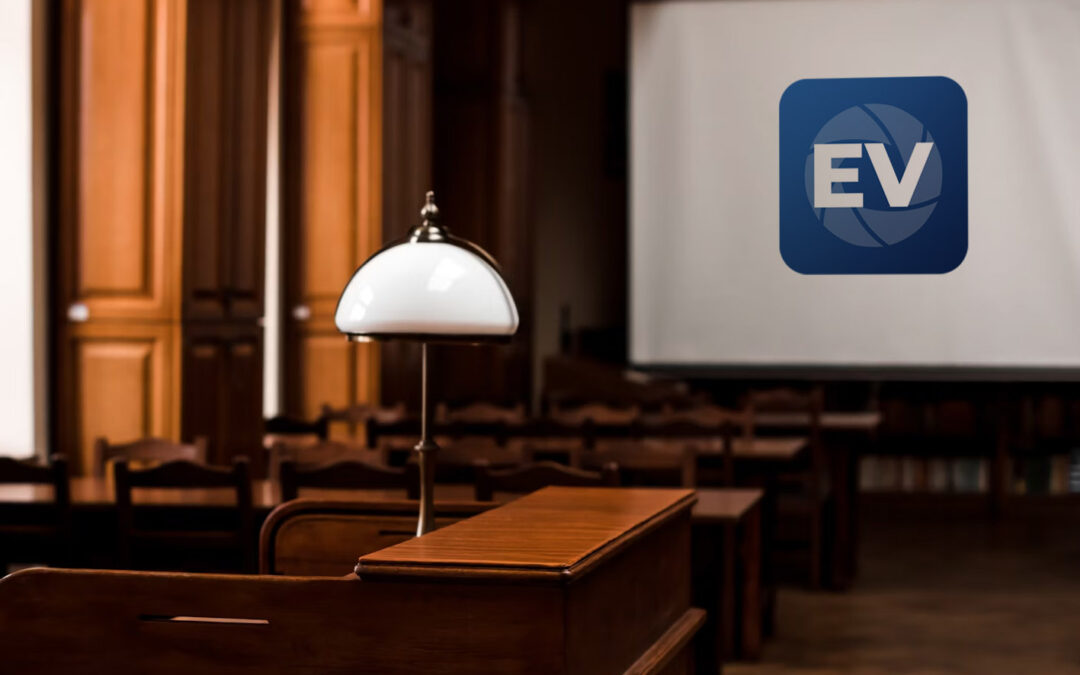Lawyers trust professional trial presentations to present evidence clearly.
Wiki Article
Just How Test Presentations Enhance Your Argument and Convince Jurors
Trial presentations act as a crucial system for boosting legal debates and encouraging jurors. By integrating visual help, narrative structures, and emotional involvement, lawyers can create an engaging instance that reverberates on several levels. The calculated usage of visuals not just clears up complicated information yet also records jurors' interest better than words alone. However, the art of storytelling plays a similarly essential role in changing accurate evidence right into a compelling narrative, forming jurors' perceptions - trial presentations. Understanding these components can significantly influence trial outcomes, elevating the concern of how each element contributes to this elaborate dynamic.
Value of Aesthetic Help
Visual help play a vital role in enhancing the performance of trial discussions, as they can significantly increase audience interaction and retention of info. In the context of a test, where jurors are charged with processing facility information, aesthetic aids serve to simplify and clear up essential factors. Charts, charts, and images can share data and concepts that may or else bewilder or perplex jurors, enabling for a much more straightforward understanding of the evidence provided.Moreover, visual aids aid in maintaining juror focus throughout the process. By damaging the monotony of spoken testimony, these tools can punctuate important arguments, making them much more memorable. Reliable visual aids can additionally evoke emotional actions, which can be pivotal in convincing jurors to line up with the presenter's narrative.

Crafting Compelling Stories
An engaging narrative is important in test presentations, as it offers as the foundation of efficient persuasion. It permits lawyers to weave with each other facts, proof, and emotional aspects into a systematic story that reverberates with jurors. This narrative structure enables jurors to recognize the complexities of the instance while directing them via the attorney's disagreement.To craft an engaging narrative, attorneys must focus on quality and comprehensibility. Additionally, the use of vivid descriptions can develop psychological photos that aid jurors picture the occasions, making the story extra remarkable.
In addition, integrating vital motifs throughout the discussion reinforces the core message and help in retention - trial presentations. The narrative must not only share details however also evoke a feeling of justice, highlighting the stakes entailed. Ultimately, a sound narrative promotes a link in between the jurors and the instance, positioning the attorney's disagreement as both reliable and engaging, consequently increasing the possibility my company of a desirable verdict

Engaging the Jury Emotionally
Reliable court interaction hinges on the attorney's capacity to attach with jurors on an emotional level. This connection can substantially affect jurors' perceptions and their supreme decision-making. Making use of sob stories permits lawyers to humanize the case, changing abstract legal concepts right into relatable experiences. By presenting real-life article source tales or testimonies, attorneys can evoke compassion and empathy, promoting a deeper understanding of the issues at risk.Visual help, such as photos or videos, can additionally improve psychological involvement, giving jurors with vibrant representations of the instance's human aspects. Crafting a story that highlights the struggles and accomplishments of the individuals involved makes sure that jurors see beyond the lawful arguments and recognize the human repercussions of their decisions.
An attorney's passionate shipment can resonate with jurors, enhancing their psychological financial investment in the instance. It's vital to stabilize psychological allures with factual proof, ensuring that jurors feel compelled to act while staying grounded in the truth.
Structuring Your Presentation

The body of the discussion ought to be logically segmented right into bottom lines, each sustained by compelling evidence. It is advantageous to make use of narration methods to weave facts right into a story that jurors can quickly adhere to. Visual help, such as charts and videos, can boost comprehension and involvement, helping to highlight essential pieces of proof.
Real-World Situation Researches
Taking a look at real-world study gives indispensable understandings into the art of trial discussions and persuasion. As an example, the landmark situation of "O.J. Simpson v. The People of The golden state" highlights how visual help and engaging stories can sway jury understandings. The protection group effectively utilized a method that incorporated high-profile professional statements with multimedia discussions, check over here which astounded jurors and inevitably influenced their decision.
One more significant example is the "McDonald's Coffee Situation," where the plaintiff's attorneys utilized graphic photos of the injuries received by Stella Liebeck. trial presentations. This raw aesthetic evidence played a critical duty in sharing the intensity of her burns, causing a considerable jury award. Such cases show that impactful test presentations frequently rest on the effective assimilation of visuals and narration to evoke psychological feedbacks from jurors
In addition, the "Casey Anthony Test" highlighted the significance of narrative coherence and reliability. The prosecution's failure to develop a compelling timeline diminished their influential power, highlighting the requirement of a well-structured presentation. Examining these situations reveals that effective trial discussions need tactical preparation, psychological engagement, and the capacity to resonate with jurors' worths and beliefs.
Conclusion
Trial presentations dramatically improve debates and persuade jurors with the critical use of visual aids, engaging stories, and emotional interaction. A well-structured discussion equilibriums emotional charms with accurate proof, inevitably resonating with jurors' values.Report this wiki page